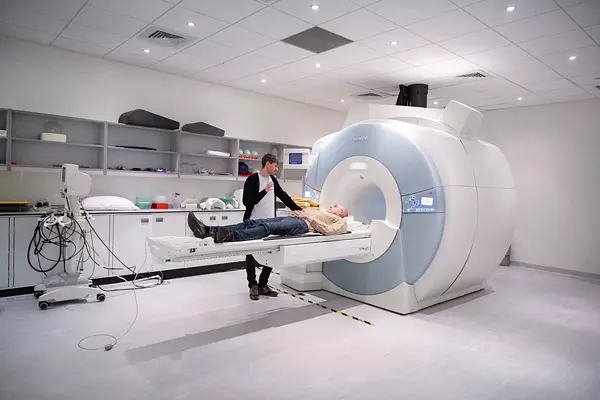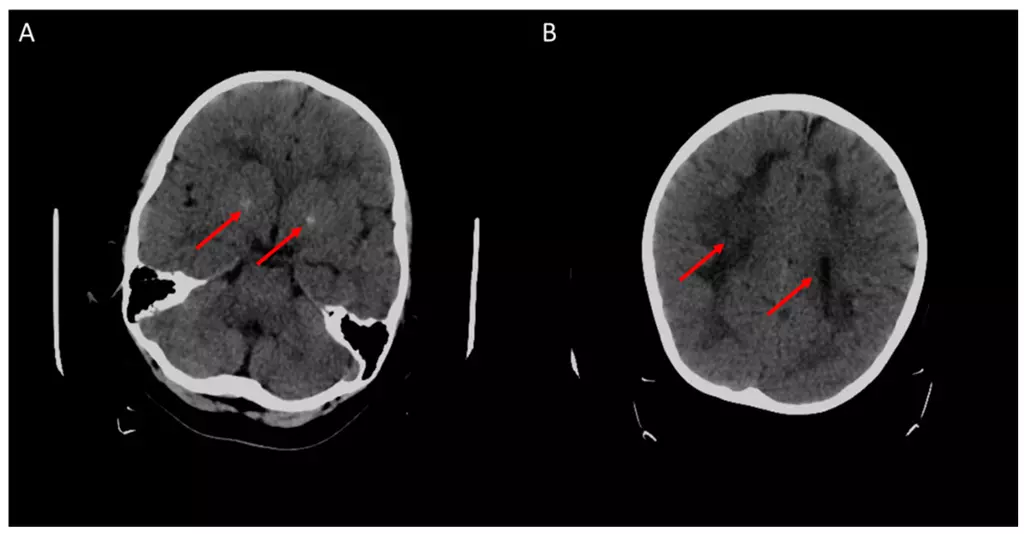Comments
- No comments found

Frontiers are sought across brain science to care for people with various mental disorders, there have been lots of venture capital funding in psychedelics, new therapies as well as for the metaverse. There are, however, untouched areas in mental disorders. This article makes the case for an opening in a new direction that could be useful globally to care from Q3, FY 2022.
There are two quantities of the hardness of mental health: forms of thought and locations of stores—or the memory.
The first care for any mental condition is for the individual or those closest to at least understand or be able to picture thoughts in the brain, going across stations.
Something moves or doesn't go to places in the brain to feel happy, sad, worried, anxious, lonely, empty, petrified, loved, hated, angry, cheerful, tepid and so on. It is the beam or build of what moves and the destinations that are of interest.
Read More: Tests for Mental Health
Normally, nerve cells, their thousands of connections, localized and mobile across brain centers seem obvious but what neurons are doing, or what neuroimaging displays is different from the emptiness or anxiety experience of the individual in that moment.
The conjugated targets for experiential neurobiology are thought and memory.

If a door is seen, that door—known or familiar—can be thought about. If the door refuses to lock, it may result in exasperation. After the door is fixed, from time to time, the thought of its past malfunction may result in anxiety.
If the door can be thought about, it already exceeded the sense of sight. If the door is known, it is stored or located somewhere. If problems with the door led to a feeling effect, the thought equivalent went to a location for that.
If thoughts about the past of that door result in fear, the stored thought went somewhere that brought what happened before, then proceeded elsewhere.
The door and whatever is known with or related to it can be thought about because it is a thought version—useful to the brain. It is that thought version that is relayed.
Read More: Virtual Reality Displays for Mental Health
To understand the brain is not just about its intricacies, though vital. It is also about the experiential embassies for what people do.

There is a uniform unit of multisensory integration, where forms of thought emerge in the brain. Tracking this emergence and relay, displaying digitally in a health innovation project, holds an important advance—globally—for every state of mental health.
Virtual reality (VR) has several applications ranging from diagnosis, treatment, counseling and rehabilitation, to designing of hospitals.
It has also been used in conjunction with counseling and cognitive behavior therapy for the treatment of addictions.
The substantial cost of VR needs to be addressed before it can be introduced in routine clinical use.
Leave your comments
Post comment as a guest